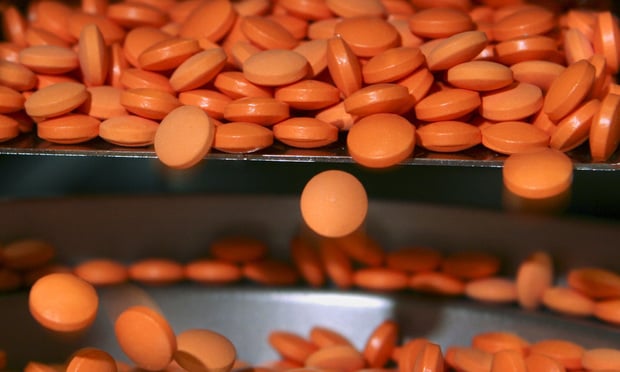Spending on health care for children grew faster than spending for adults between 2007 and 2010 due to increasing prices for all categories of goods and services, finds a new report from the Health Care Cost Institute.
This rise in spending occurred despite a decline in number of commercially insured children and a drop in the use of costly health care services, such as hospital stays and brand-name drugs, according to "Children's Health Care Spending Report: 2007-2010." This is the first analysis to track changes in spending, prices, and use of health care services by children covered by private employer-sponsored health insurance.
"Children tend to use less expensive health care, so a bump in children's health care spending is troubling because it could indicate that kids are getting sicker or receiving unnecessary tests or excess procedures," says HCCI chair Martin Gaynor.
Recommended For You
Per capita spending on children's health care rose to $2,123 in 2010, an 18.6 percent increase from 2007. Spending on health care for infants and toddlers was disproportionately high, the report says. Although children under 3 years comprised 17 percent of the covered child population, 31.4 percent of the total children's health care dollars was spent on them in 2010. Per capita spending for this age group reached $3,896 in 2010. At the same time, teenagers had the highest rate of per capita spending growth, rising 22.3 percent between 2007-2010, with more money going toward prescription drugs and outpatient care.
Price increases surpassed changes in the amount of health care children consumed and outstripped general inflation from 2007-2010, according to the report. Outpatient visit prices rose the fastest, increasing 34.4 percent over four years, nearly six times the rate of inflation, which grew 5.2 percent.
Additionally, utilization of mental health and substance abuse services by children rose nearly 24 percent over the four year period.
"The data on spending for mental health and substance abuse services is particularly worrying. We need to look further into why there is such a high use of prescription drugs for mental health problems among children and whether this expenditure is yielding valuable health outcomes."
In 2010, the bulk of children's health care dollars (40 percent) was spent on professional procedures such as primary care office visits, immunizations and preventive care, a trend that was consistent across the four-year period.
On average, $855 was spent on professional services per child, a 16.5 percent increase from 2007. On average, children experienced over 10 professional procedures in 2010, a 6.7 percent increase from 2007. Still, price increases for office visits, preventive care, and other services outpaced this growth, rising 9.2 percent over the four-year period.
© Touchpoint Markets, All Rights Reserved. Request academic re-use from www.copyright.com. All other uses, submit a request to [email protected]. For more inforrmation visit Asset & Logo Licensing.






